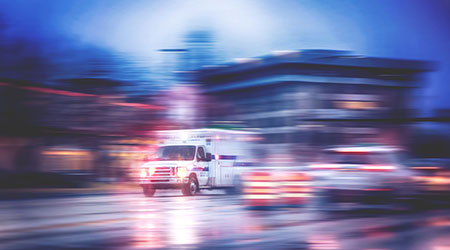As hurricanes, floods, and wildfires grow more frequent and severe, the healthcare facilities are evolving, according to an article on the Direct Relief website.
They’re installing solar power and backup generators that they never needed before, so they can stay open, protect medications, and access medical records.
In the wake of a disaster, healthcare facilities can provide vital primary care, whether that’s within the walls of a clinic, in patients’ homes, or in the one place where many of their patients are most likely to show up: an evacuation shelter.
For instance, doctors, nurse practitioners, and other staff members at Santa Rosa Community Health found themselves providing medical care in a local shelter – even as the Kincade Fire threatened the health center’s facilities.

 How Efficiency Checklists Help Hospitals Save Energy, Water and Money
How Efficiency Checklists Help Hospitals Save Energy, Water and Money Designing with Heart: Seen Health Center Blends Cultural Warmth and Clinical Care
Designing with Heart: Seen Health Center Blends Cultural Warmth and Clinical Care Rutgers Health and University Hospital Breaks Ground on Campus Expansion
Rutgers Health and University Hospital Breaks Ground on Campus Expansion What to Consider When Modernizing Healthcare Facilities
What to Consider When Modernizing Healthcare Facilities Corewell Health Beaumont Troy Hospital to Build New Tower
Corewell Health Beaumont Troy Hospital to Build New Tower